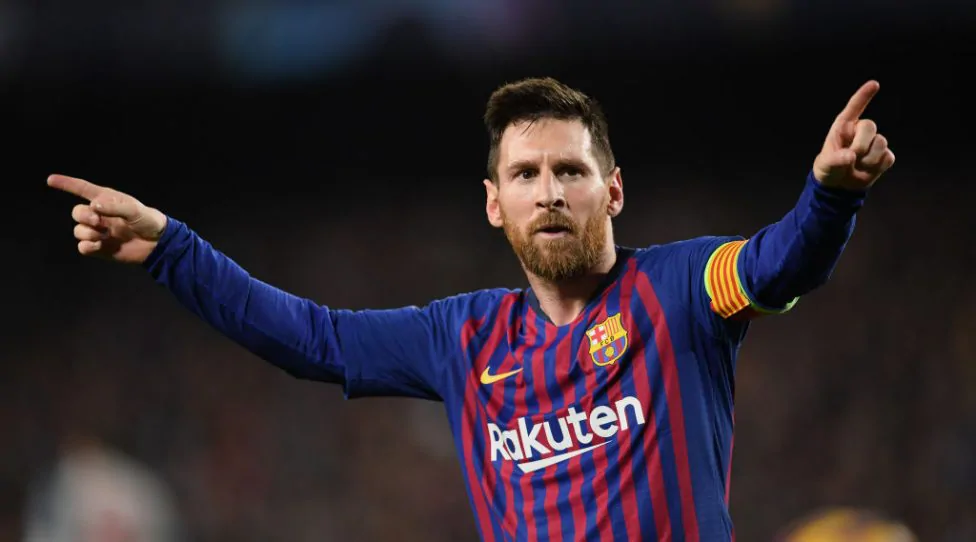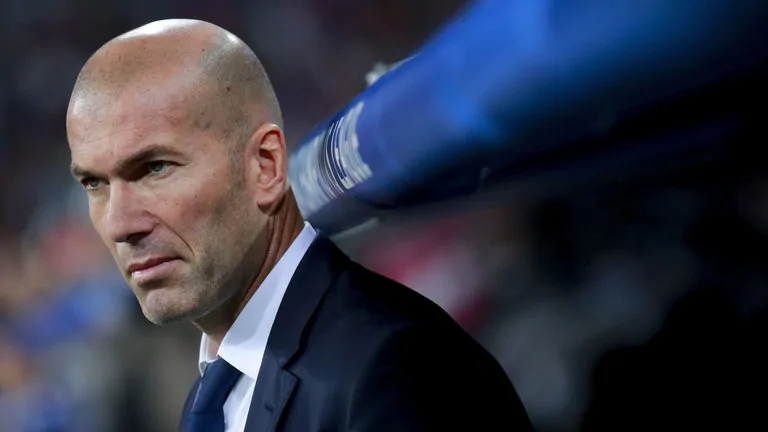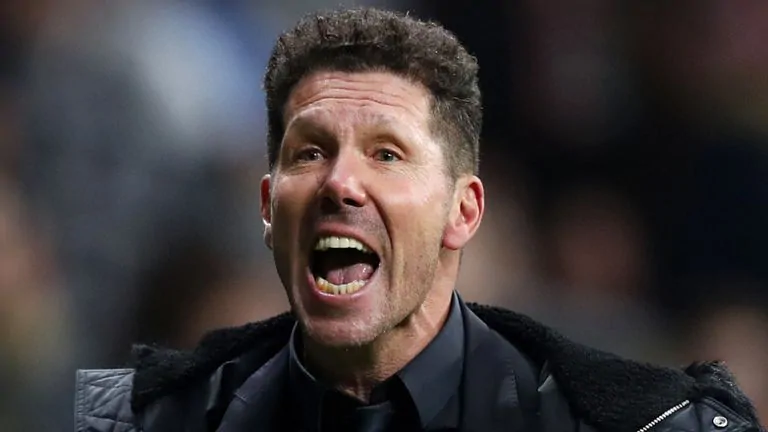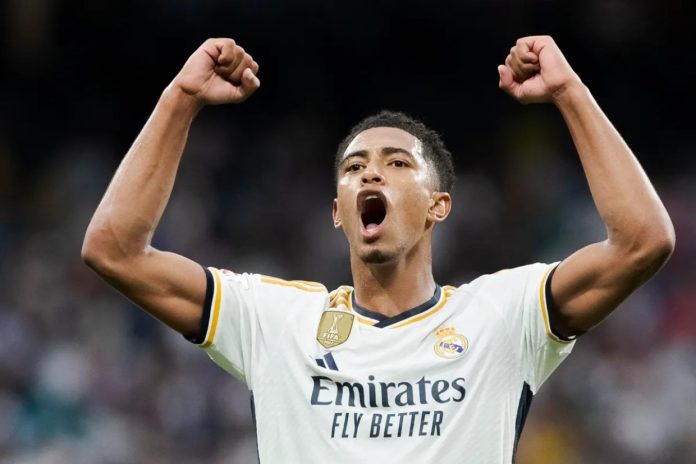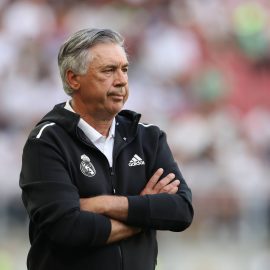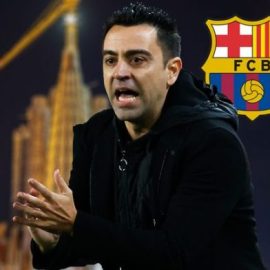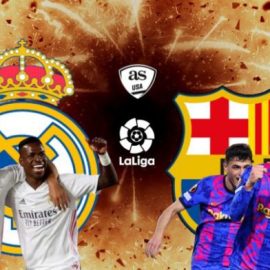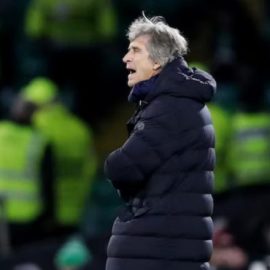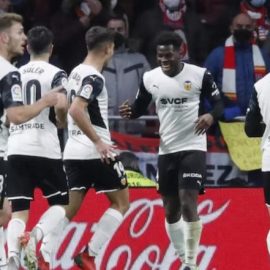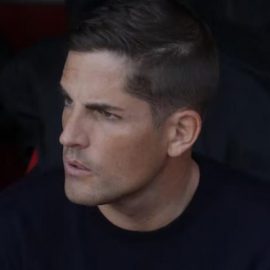Spain’s big three clubs – Barcelona, Real Madrid and Atletico Madrid – are busy putting the finishing touches to the upcoming La Liga season.
Barca head into the new campaign as reigning champions, but with the disappointment of their capitulation in the last season’s Champions League semi-finals still fresh in the memory.
Madrid are also on a recovery mission this term, having finished third behind Barcelona and Atletico in last time around.
Second place was a respectable finish for Atletico, although manager Diego Simeone has loftier ambitions than simply splitting his team’s two big rivals.
The trio of clubs have each undergone a pre-season programme designed to have them performing at their best when the action gets underway. Read on as we look at their different methods.
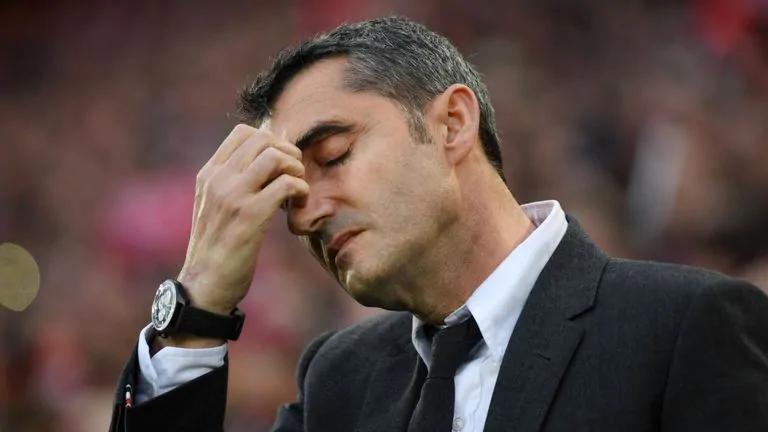
Valverde honouring the ‘Barca way’
Barcelona boss Ernesto Valverde has evolved his style during a near 20-year career as head coach with numerous clubs.
He has had to adapt at the Nou Camp, with the club implementing a playing philosophy and training methods that they adopt from academy level through to the senior team.
These are based with theories put forward by coaching guru, Paco Seirul·lo, and how they link with modern sports science.
Much of Barca’s training work is based on sessions that mimic match situations, focusing heavily on technical and tactical preparation.
Rest and recovery is also a key factor, with training load tapered in the run-up to games to ensure that players are fresh when the first whistle is blown.
Javi Gonzalez previously played under Valverde at Athletic Bilbao. He says the 55-year-old embraces club philosophies, but mixes things up to keep players engaged.
“There’s variety in his system, his methods,” he said. “He knows how to train – he makes it fun, a lot of the ball, technical work. He’s not repetitive, and players love it – every day is different.
“He’s not overly obsessed with tiny tactical details, not least because the ideas, the philosophy, is so ingrained at both Athletic and Barcelona.”
Zidane turns to French fitness expert
Madrid head coach Zinedine Zidane highlighted a lack of fitness as one of the main reasons for the club’s poor season in 2018/19.
Zidane axed Antonio Pintus earlier this summer and appointed Gregory Dupont as Madrid’s new head of performance.
Dupont previously worked as head of sport science for Celtic, before progressing into roles with Lille and the French national team. His methods proved extremely successful with France, as Les Bleus impressively won the World Cup in 2018.
The 46-year-old will use in-depth research to improve fitness at Madrid, issuing each player with an individual training regime. Nutrition and supplements will also be assessed, while each player will be required to get ten hours of sleep per night to aid their recovery.
“I use scientific analysis of players’ performances, by measuring their high-intensity sprints and assessing their movements,” said Dupont.
“My role is to sort through the thousands of data collected via GPS systems and transmit the most relevant information to the coach for training or matches.
“I have to maximise the physical level of the player while preventing the risk or recurrence of injuries and optimising recovery. My daily job is to manage this balance.”
While Dupont manages the fitness side of things, Zidane’s work with the players focuses on three key areas – touch, passing and freedom.
Zidane had previously favoured a 4-3-1-2 system, but is keen to transform that into a 3-5-2 set-up this time around. However, he likes his players to be able to express themselves within the formation.
Madrid have struggled to find their best form during pre-season, but Zidane will be confident he will reap the benefits of his and Dupont’s work when the new campaign begins.
Effort ‘non-negotiable’ at Atletico
Diego Simeone took no prisoners during his playing career and it is a mantra that he has followed closely after moving into coaching.
Simeone insists on his team adopting a collective mentality rather than focusing on individuals and it is an ethos that has paid off over the past few years.
The Argentinian works his players hard during training, focusing on short but intensive sessions designed to mirror the pace of games.
He also uses Pilates exercises to strengthen his players’ muscles, improve postural alignment and increase flexibility.
Simeone is also a fan of TRX, a training technique that involves carrying out functional exercises while being suspended from an adjustable harness.
In addition to strength and conditioning work, Simeone spends plenty of time on drills designed to improve the defensive shape of his team.
SBS commentator and analyst, Michael Bridges, has witnessed Simeone’s methods first-hand and he believes his approach is the key to Atletico emerging as genuine challengers to Barca and Madrid.
“I was very surprised to see the team doing a closing down session without a ball, something that has been drilled into the coaches in Australia on the FFA coaching courses,” he said.
“The players in their specific positions and the assistant coach with a ball at his feet. Once the coach moved the ball to the left the whole team shuffled across the field at pace then they would regroup to their initial positions before the coach would move into a different positions and the team had to react to his movement.
“I also witnessed this at all age groups throughout the day as they want all players to understand the formation with and without the ball so if any progress into reserves or first team the transition is simple as all teams play the same way.”
Add Sportslens to your Google News Feed!
